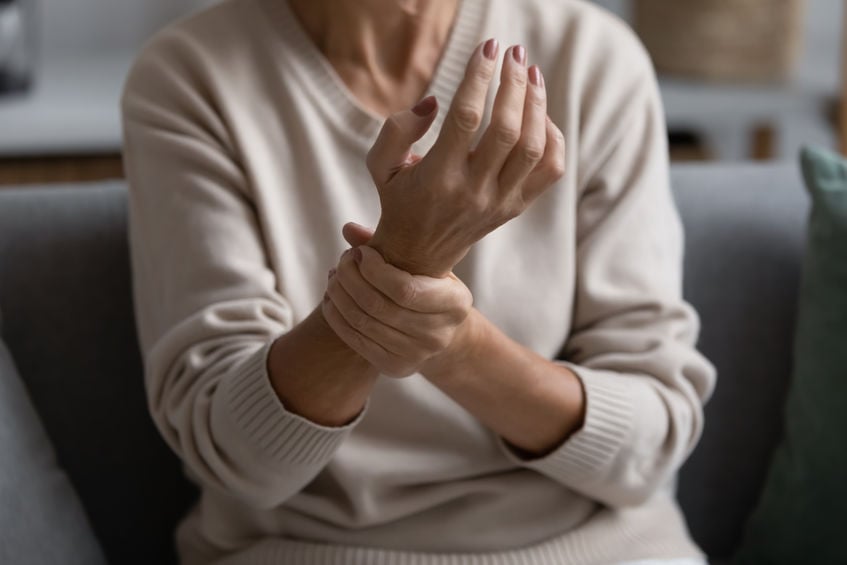What’s The Best Treat For Nerve Repair?
From diabetes to spinal cord injuries, nerve damage impacts countless Americans yearly. When treating a complex nerve injury, healthcare providers must consider the mechanism, type of injury, and level of repair. Closed injuries need close examinations to determine the extent of the injury and estimated recovery, whereas open wounds benefit from quick examination and surgical intervention. Options for repair are numerous and include primary repair, grafting, nerve, and free functional muscle transfer. An attempted nerve repair can reduce overall function if performed either too early or too late. Many experts emphasize the importance of considering all medical factors before determining the best surgical intervention time to ensure nerve function returns.

When surgical intervention is needed
When the nerves are severely damaged, physicians suggest giving nerves a significant chance to heal instead of being cut off. At regular checkups, healthcare practitioners can determine the nerve recovery level necessary to reduce unnecessary surgery. When the injury doesn’t heal properly, surgery can help the patient to restore function. In cases of nerve compression, surgeons can either enlarge the space or free the compressed nerve entirely. When damaged beyond repair or cut altogether, injured nerves are removed. To promote subsequent nerve growth, physicians often reconnect healthy nerve ends or implant a healthy piece of nerve from another body part.
What about older injuries?
Some doctors recommend pursuing nerve transfer surgery in older or semi-healed injuries. When injuries scar over, nerve function is clinically unlikely to return. Surgery can provide options if other treatment options such as neurostimulators and physical therapy have proved ineffective. With nerve transfer surgery, doctors can cut away the scar tissue to remove topical barriers to restoring movement and feeling. During the procedure, surgeons reroute a healthy nerve to connect to a damaged nerve. By fusing a functional and non-functional nerve, the damaged nerve regains the ability to carry movement and sensations to the muscle and skin.
Restoring nerve function
Impacting countless patients across the United States, nerve damage disrupts lives and hinders mobility. Nerve repair interventions can restore movement and feeling to affected areas. To maximize the likelihood of returning nerve function, experts emphasize the importance of close examinations by primary care physicians. While surgical intervention is not always necessary, procedures such as grafting and nerve transfer surgery can restore feeling to older injuries. Nerve damage is a common problem, but many patients can enjoy a return to function with key nerve repair strategies.
Can Lower Back Pain Return After Spinal Surgery? 3 Lifestyle Changes To Get The Most Out Of Fusion
Minnesota Valley Valley Center2024-04-02T14:49:38-05:00April 15th, 2024|
Spinal surgery is an excellent solution for lower back pain, but symptoms can return. With lifestyle changes, patients can get the most out of fusion.
A New Lease On Life: Exploring How Robotic Total Joint Replacement Can Get You Active Again
Minnesota Valley Valley Center2024-03-24T17:38:47-05:00March 29th, 2024|
Robotic total joint replacement uses a robotic arm to replace the joint. This innovative approach allows a quick return to activities.
Restoring Dexterity: How Outpatient Carpal Tunnel Surgery Can Change Your Life
Minnesota Valley Valley Center2024-03-24T17:38:37-05:00March 15th, 2024|
After months of wrist and hand pain, carpal tunnel surgery may be needed. With outpatient options, restored dexterity with less pain and discomfort is possible.
More Articles from MVSC
March 15, 2024
After months of wrist and hand pain, carpal tunnel surgery may be needed. With outpatient options, restored dexterity with less pain and discomfort is possible.
November 14, 2023
Recovery from ulnar nerve release surgery can take up to 8 weeks. With a strong healthcare team and strategies, the pain can be minimized.
October 27, 2023
People with thumb arthritis can experience pain when using a smartphone. A CMC arthroplasty can help individuals get back to texting pain-free.
August 25, 2023
When the wrist is fractured, people wonder how to repair the bone. Minimally invasive surgery can help restore function and decrease pain.










